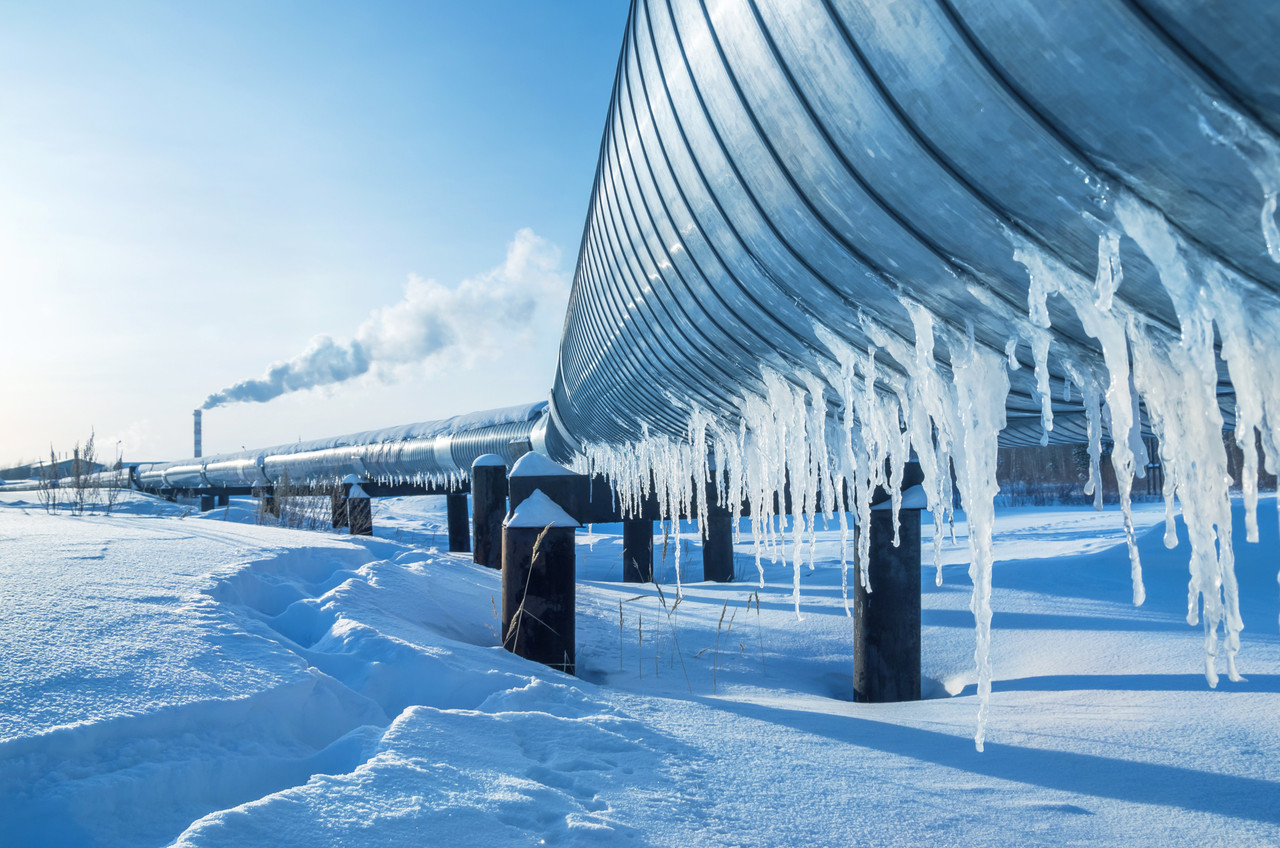Intra-day spot gas was trading at €130.50/MWh on the month-ahead benchmark contract at northwest Europe’s main reference hub, the Dutch Title Transfer Facility (TTF), on the afternoon of 24 February, up 78% from the market close price of €73.325/MWh on 18 February last week.
However, market participants are not expecting a near-term gas supply disruption from Russia. “The gas continues to flow from Russia, both through Europe and through the Ukraine, and the assumption is that this gas will continue to flow,” said Marzec-Manser. “More concerning is the fundamental lack of gas supply in Europe, which means that we again look to set to start next winter with stocks at similarly low levels to October 2021.”
The gloomy long-term outlook is reflected in wholesale gas prices for further-dated contracts.
“TTF prices for the winter 2023 natural gas contract have certainly gained more ground than the TTF March 2022 contract, easily,” said Marzec-Manser.
The long-term outlook is tight for several reasons, explained Marzec-Manser. Drops in short-term supply from Russia over the past six months, production problems in Peru and Australia [which supply continental Europe with liquefied natural gas] and a fire at the Norwegian Hammerfest LNG plant have restricted supply to northwest Europe’s gas hubs. At the same time, droughts in southern China and Brazil, which rely on hydropower for their energy supply, have driven a switch to natural gas, tightening the global market further.
As a result, Europe has suffered the lowest gas storage levels seen in recent times.
Russia gas likely to continue to flow
The chances of Russia turning off the gas supply are thought to be low, said Marzec-Manser. However, sanctions imposed on Russia by the West could make the purchasing of and paying for gas tricky. There is the additional risk of physical damage arising from conflict, and the flight of critical specialists, such as pipeline engineers, from the war-torn country.
“The gains seen to the spot price in the past week capture the risks that the gas stops flowing,” he added.
According to the International Energy Agency, Luxembourg consumes its energy from a mix of coal, natural gas, hydro, biofuel and waste, oil and solar and wind. Natural gas made up 21% of this portfolio in 2020, according to the IEA, or 26011 terajoules.
